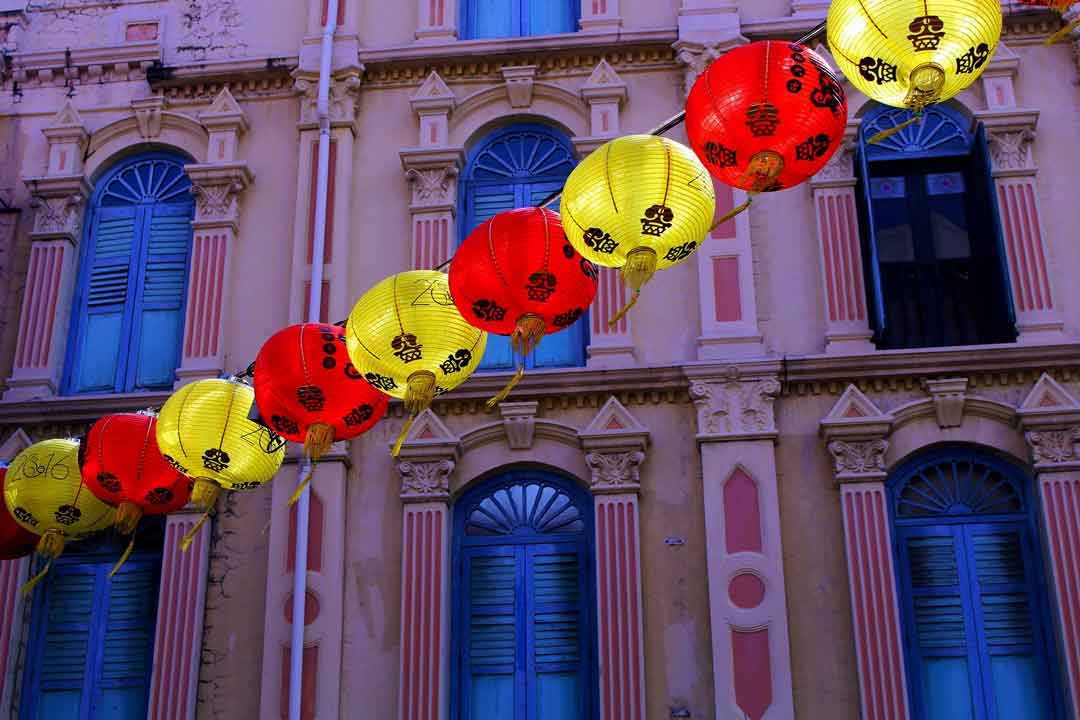
Singapore war memorial is the Civilian War Tribute. It is Singapore’s first memorial to the civilian casualties of the Japanese Occupation (1942–45). The location is not far from the Esplanade Park Memorials. It evokes memories of the shared hardships experienced by Singapore’s diverse ethnic groups during World War II. Those who are interested to know more about this memorial, see the following explanations.
The History
Extensive excavations across Singapore were carried out in the 1950s and 1960s. This excavation support construction of residential and industrial facilities. More least 40 of these mass graves were uncovered in the infamous ‘Valley of Death’ in Siglap in 1962. It contains the remains of thousands of civilian victims.
During World War II, the Japanese attempted to purge the Chinese population of anti-Japanese elements by conducting Operation Sook Ching. It is estimated that over a million men were arrested at screening centers. Then they were transported around the island where they were murdered and dumped in mass graves.
See Video How To Easily Send Money to 50+ Countries

The Singapore War Memorial
SCCC (the Singapore Chinese Chamber of Commerce and Industry today) accepted the responsibility for excavating and moving the remains of the victims to their last resting place.” There were only two war monuments in Singapore at the time: the Cenotaph, which honored soldiers who had served in both World Wars, and Kranji War Memorial, which was dedicated to Allied forces who had died in WWII.
On March 19, 1963, SCCC organized a Memorial Building Fund Committee to generate money for a projected structure after the government allotted a block of land on Beach Road for a Singapore war memorial park. If approved, the memorial would be devoted completely to WWII civilians. SCCC also vowed to match public donations dollar-for-dollar, as well as other promises.

Design Architecture
The ‘Four Chopsticks’ Civilian Singapore War Memorial consists of four tapering columns that reach a height of 67 meters. The four main ethnic groups of Singapore, the Chinese, the Malays, the Indians, and the Eurasians, are represented by the four columns. It was decided that the new memorial should honor the victims of all races in Singapore, even though the majority of those who perished were Chinese during the Japanese administration.
When it’s lit up at night, the striking white building can be seen from a long way away. On an elevated platform, it has a vault containing the remains of the victims housed in 606 urns. Visitors are drawn to the burial chamber below the four columns by an empty urn set on a pedestal with inscriptions honoring the deaths of countless victims. Survivors of World War II found solace and inspiration in the Civilian War Memorial, which served as a beacon of hope for a better future in postwar Singapore.
‘Memorial to the Civilian Victims of the Japanese Occupation, 1942–1945,’ reads the plaque at the foot of the Civilian War Memorial. Water pools and flora surround a tribute to a difficult history, lending a sense of tranquility and harmony to the lofty structure.
Send Money Easily to Different Countries
How to Send Money to Hong kong
How to Send Money to China
How to Send Money to Malaysia
How to Send Money to Japan
The New Design
The design of a new Singapore war memorial was the subject of an architectural competition. Designing the Cenotaph was another project for Swan & Maclaren, which won the competition. Solemnity, tranquility, courage, and grief were all expressed in the winning design, according to the competition’s judges.
Initially, Swan and Maclaren proposed a grand archway with 12 parallel sets of sweeping linked fins; this was eventually reworked to become the current design. To commemorate the 25th anniversary of Singapore’s surrender to the Japanese, a memorial was erected in January 1967 and unveiled by Prime Minister Lee Kuan Yew on February 15, 1967.
Commemoration of Civilian War Dead
The Civilian War Commemoration hosts an annual inter-religious memorial ceremony on February 15, the anniversary of Singapore’s fall in 1942. This day, it’s also known as Total Defense Day. In the presence of dignitaries and members of the public, religious leaders from various faiths give their prayers.
The National Heritage Board (NHB) protects and promotes Singapore’s built heritage, which includes our National Monuments. In Singapore, these are some of the most protected monuments and places. Near the outskirts of town, some 22 kilometers away, is the Kranji War Memorial, a hillside cemetery that, once reached, is eerily peaceful.
The Singapore war memorial honors those who served in World War II, including those from the United Kingdom, Australia, Canada, Sri Lanka, India, Malaya, the Netherlands, and New Zealand. The cemetery’s sloping slope is lined with more than 4,400 white gravestones. The mass burial of 69 Chinese soldiers killed by the Japanese in February 1942 is marked by the Chinese Memorial in plot 44.
Singapore War Memorials on the Hill
You’ll notice four Singapore war memorials as you make your way up the short flight of stairs to the hilltop terrace. The tallest structure is the 24-meter-high central pylon of the Singapore War Memorial, which features a massive star-topped spire.
The names of almost 24,346 Allied soldiers and airmen who perished in Southeast Asia but whose bodies have never been found are inscribed on this monument. The Commonwealth War Graves Commission maintains a record of the entry. A memorial service is held every year on the Sunday closest to Remembrance Day, which falls on November 11.
Download Transfez App
Transfez App can help you transfer money abroad more quickly and efficiently. Transfez Business can also help your business in making transactions abroad. For those of you who want to send money to relatives who are abroad because they are studying, working, or traveling, Transfez will be ready to help. This app is available on Android as well as iOS.











Recent Comments